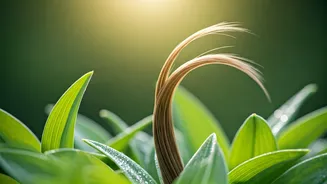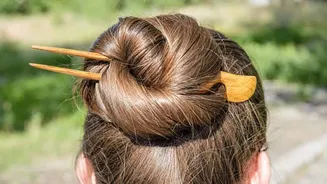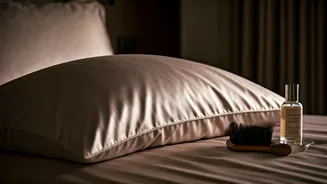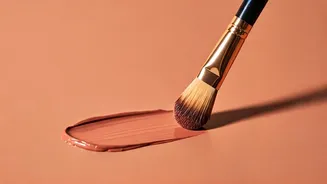Why Go Sulfate-Free?
Sulfate-free shampoos have surged in popularity, becoming a staple in many hair care routines. The primary reason for this shift is a growing awareness
of the detrimental effects sulfates can have on hair. Sulfates, such as sodium lauryl sulfate (SLS) and sodium laureth sulfate (SLES), are potent cleansing agents that strip the hair of its natural oils, leading to dryness, frizz, and potential damage. For those with color-treated hair, sulfates can cause the color to fade prematurely. Making the switch to a sulfate-free option is often the first step towards achieving healthier, more manageable hair, especially for people with sensitive scalps or those prone to dryness.
Decoding the Labels
Navigating the world of hair care can feel like reading a foreign language. Understanding ingredient labels is vital when selecting a sulfate-free shampoo. Look for options that explicitly state they are sulfate-free, which often means they contain gentler cleansing agents like sodium lauroyl sarcosinate, cocamidopropyl betaine, or decyl glucoside. These ingredients effectively cleanse without the harshness of sulfates. Additionally, consider the overall formulation of the shampoo. Look for enriching ingredients like natural oils (argan, coconut, jojoba), plant extracts, and vitamins, which can provide extra nourishment and hydration to your hair. Reading the labels is the key to finding a product that caters to your hair’s unique needs.
Sulfate-Free Shampoo Options
Here are seven top-rated sulfate-free shampoo options, each designed to cater to different hair types and concerns. First, consider shampoos specifically formulated for dry and damaged hair; often enriched with moisturizing ingredients like shea butter and argan oil. Second, for color-treated hair, opt for formulas that are designed to protect and extend the life of your color, often including UV filters. Third, those with fine hair may prefer a volumizing shampoo that gently cleanses without weighing the hair down. Fourth, for oily hair, choose a clarifying sulfate-free shampoo to remove buildup without over-drying the scalp. Fifth, people who have curly hair should choose shampoos that define curls and help combat frizz. Sixth, for those with sensitive scalps, look for hypoallergenic and fragrance-free options. Finally, for an everyday shampoo, it should be mild and balanced.
Making the Switch
Transitioning to a sulfate-free shampoo may involve a short adjustment period. Initially, you might notice your hair doesn’t feel as squeaky clean as it did with sulfate-based shampoos. This is normal, as sulfate-free options cleanse more gently. It’s also common for hair to feel slightly different during the initial few weeks of usage, often becoming less frizzy and more hydrated over time. To ease the transition, you might use a clarifying shampoo (with sulfates) once a month to remove any build-up. Always follow with a conditioner designed to hydrate and detangle. Also, experiment with different products to find what suits your hair type. Remember, patience and consistency are key to achieving the best results with sulfate-free shampoos.
Beyond Shampoo: Routine
A comprehensive hair care routine extends beyond just using a sulfate-free shampoo. Pairing your shampoo with a sulfate-free conditioner is crucial for replenishing moisture and improving manageability. The conditioner should be applied to the mid-lengths and ends of the hair, focusing on areas that tend to be drier. Incorporate a deep conditioning treatment once or twice a week, depending on your hair's condition. Also, consider using a hair oil or serum to protect hair, combat frizz, and add shine. Lastly, reduce heat styling to prevent damage, but if you must use heat, always apply a heat protectant. Consistently following this hair care routine will maximize the benefits of your sulfate-free shampoo, leaving your hair healthier and more beautiful.















